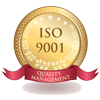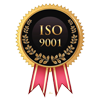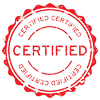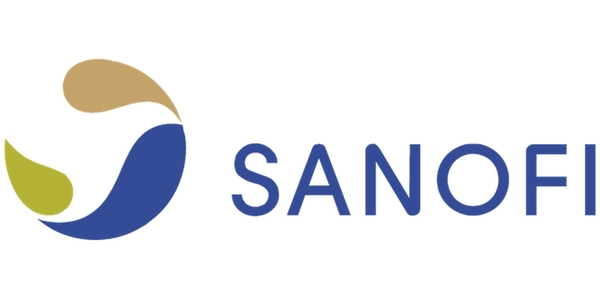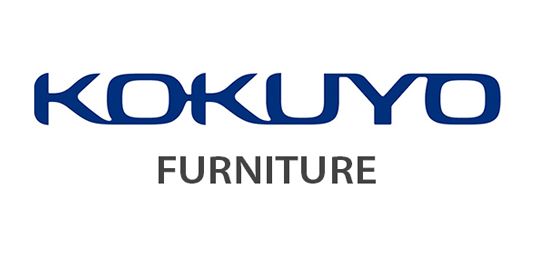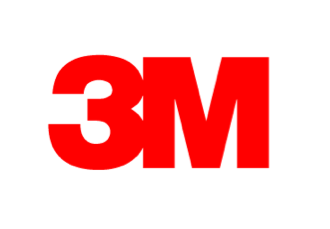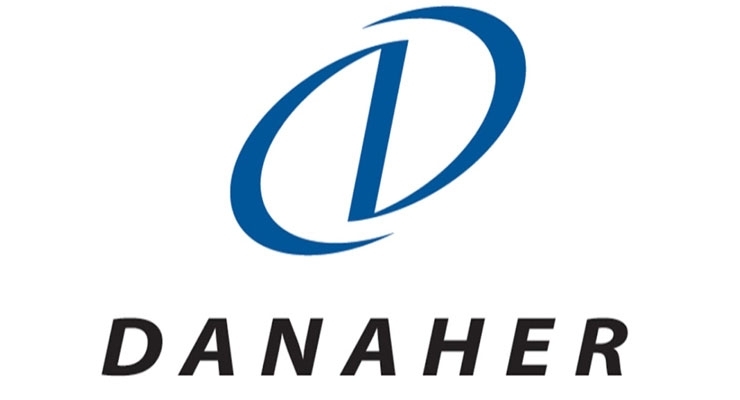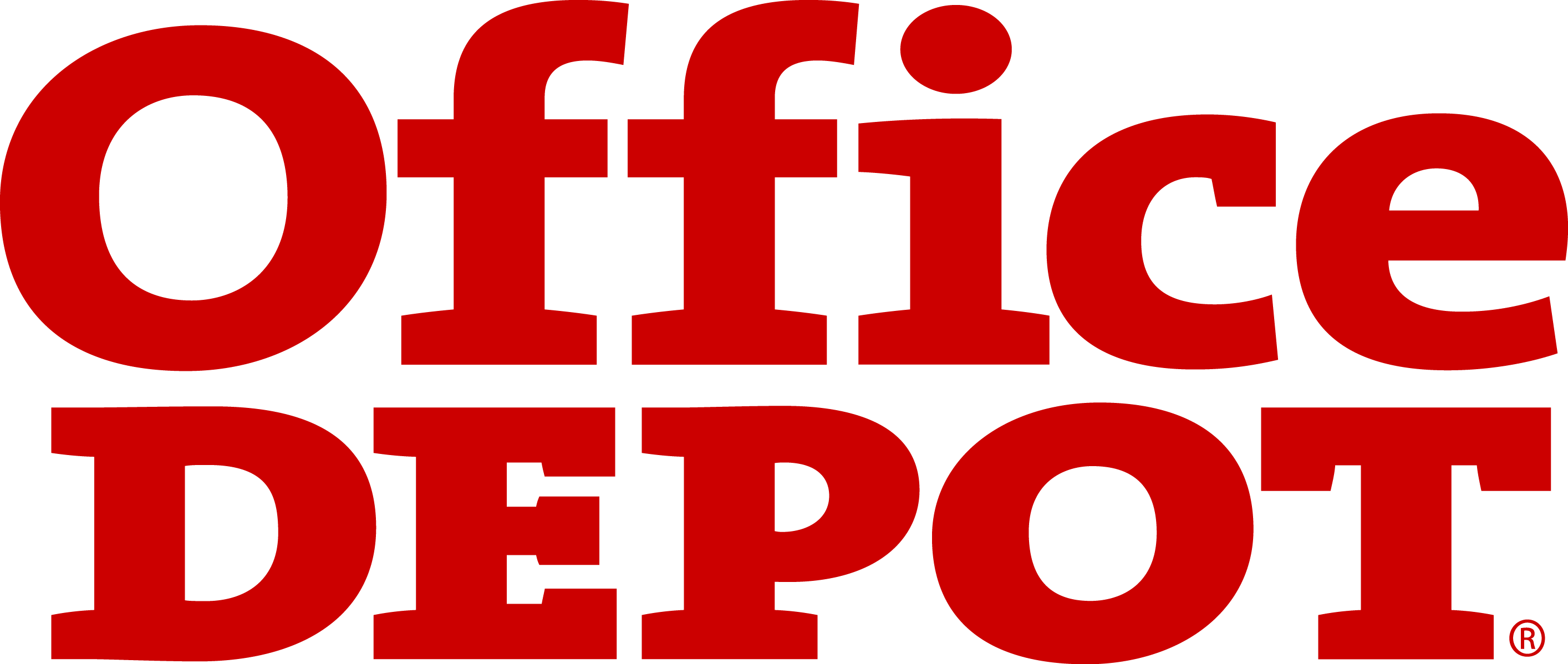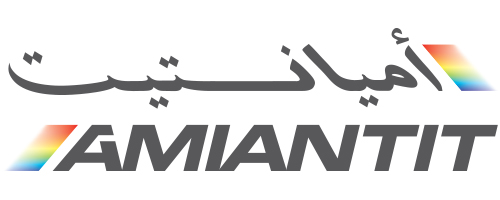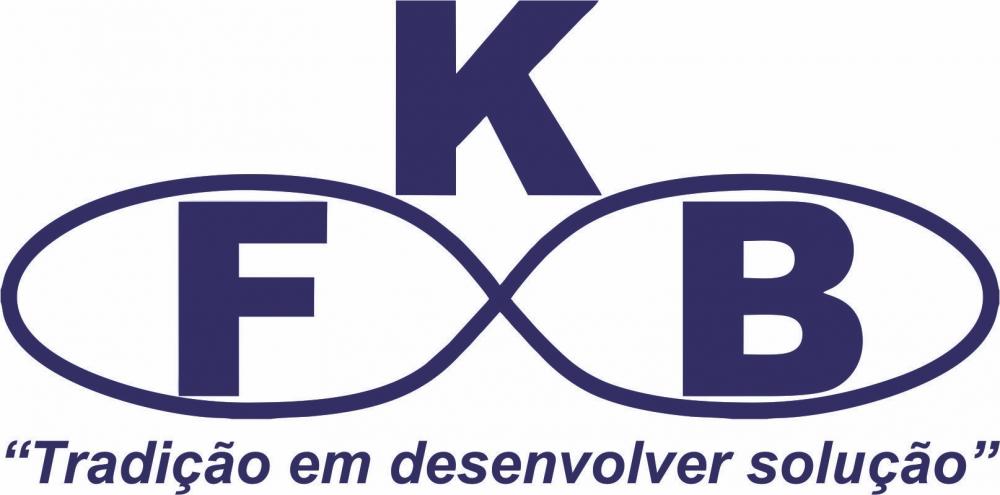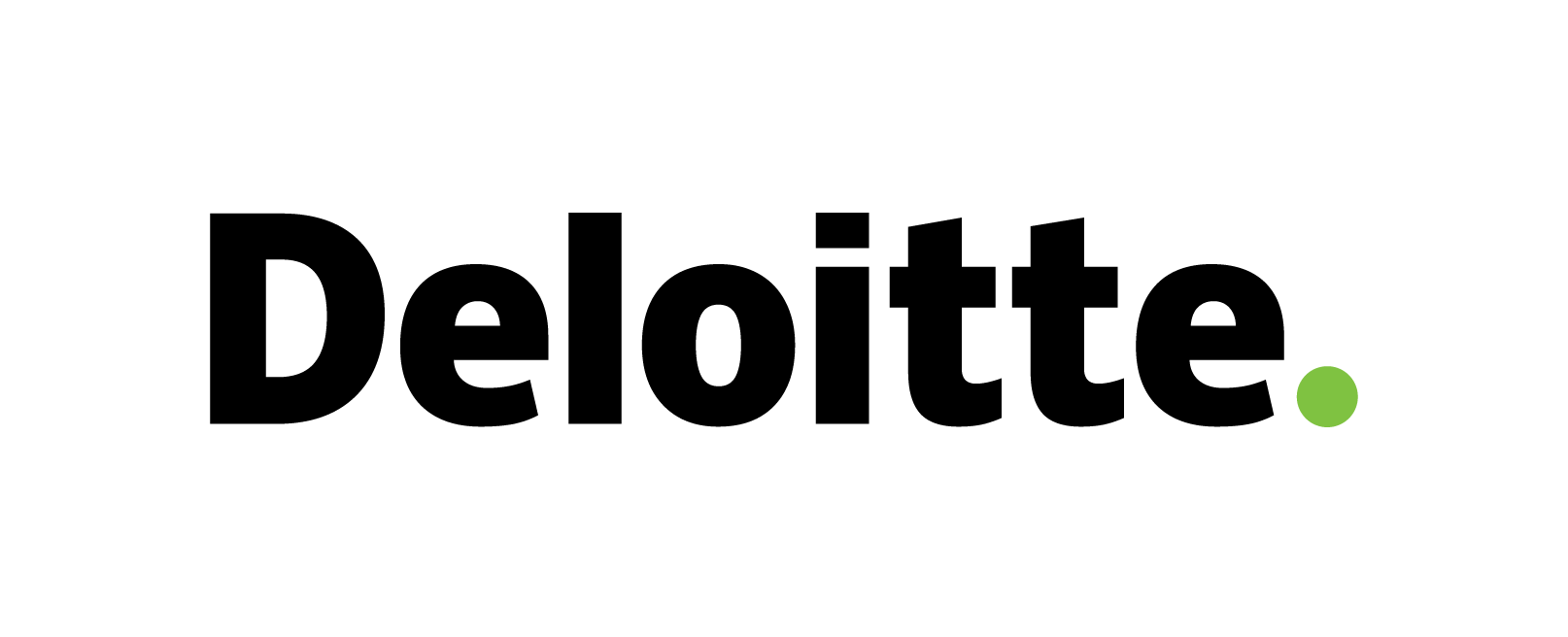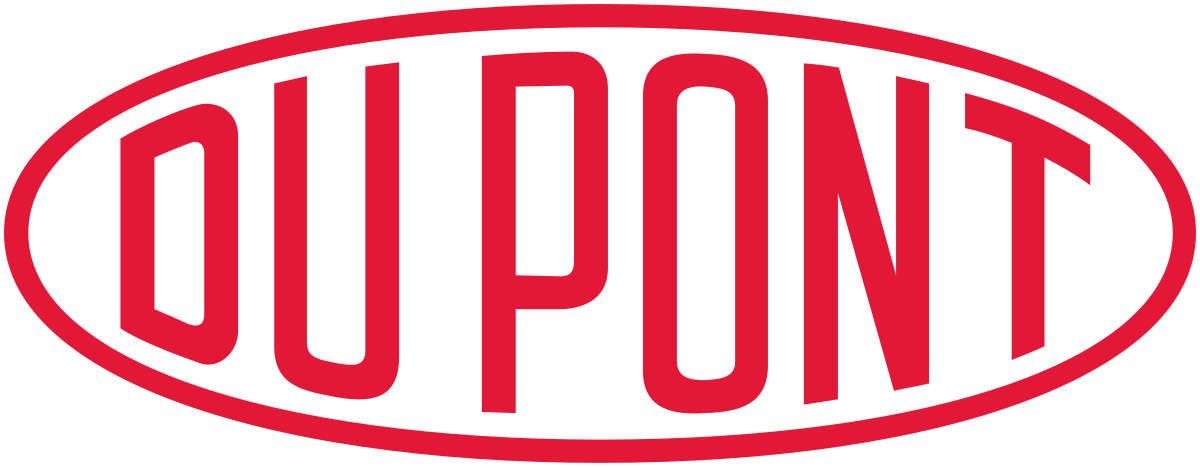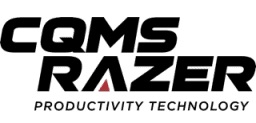Mice Model Market: Global Size, Share, Trends, Growth and Forecast Year ( 2022 – 2032 )
Mice models are biological representations of human diseases or syndromes and are mostly used to understand the apparatus of these diseases. Mice have long served as models of human biology and disease as they are known to have about 95% DNA similarity with that of humans.
Though, humans and mice, through evolution have become adapted to the different environments and therefore, have become very distinct organisms, the mouse is a mammal with genetic tools that are sophisticated, and their genetic resources are very remarkable, hence it is used as a popular model system.
Some applications of this model include oncology studies, inflammation studies, central nervous system studies), autoimmune disorders, cardiovascular studies, and diabetes studies. These models are used to certify drug safety and efficacy. Also, mice are increasingly used in biomedical research as they are the basic model for mechanistic studies of human reproduction.
The global mice model market is anticipated to grow at CAGR of 7.6% during the forecast period.
MARKET DRIVERS:
The growth of this market is attributed towards major pertaining factors including; the growing R&D activities and expenditure in the pharmaceutical & biopharmaceutical industry globally, the increasing implications of mouse clinical trials (MCTs) for more predictive outcomes, the growing incidences of chronic disorders all across the globe, the increasing demand for effective therapeutic drugs, the growing advancements in gene editing tools and the growing usage of mice models in virology and infectious diseases etc.
Additionally, the increasing research activities of rare diseases using this model coupled with the surge in monoclonal antibody production is enhancing the global mice model market comprehensively.
Moreover, mouse models typically ensure the efficacy and efficiency of particular drug molecule with the implementation and execution of huge number of clinical trials during drug formulation process. A steep increment in genetically engineered mouse (GEM) models lately has been fueled by technological improvements that have enabled the rapid introduction of models of increasing significance for human cancer. This has augmented the demand and growth of the overall mice model structure at a considerable rate.
Furthermore, other factors such as the rising demand for personalized medicine, the growing pipeline of pharmaceutical and biopharmaceutical companies, the high growth of knockout with the popularity of CRISPR technology for creating gene knockouts, high number investments in the development of new and innovative knockout models, the rising use of rat models and increased benefits from cryopreservation, increase in the number of pharmaceutical research and development activities, rise in biomedical research and the rising competition among the leading players will further propel the growth of the market.
However, regulations and laws for the ethical use of animals in research, the ongoing developments of alternative methods to animal testing, strict regulations and guidelines, growing opposition on mice testing by several organizations restrain the growth of the market.
MICE MODEL MARKET SEGMENTATION:
By Mice Type:
- Inbred Mice
- Genetically Engineered Mice
- Outbred Mice
- Immunodeficient Mice
- Knockout Mice
- Hybrid/Congenic Mice
- Conditioned/Surgically Modified Mice
- Spontaneous Mutant Mice
- Others
By Service:
- Breeding
- Cryopreservation and Cryptorecovery
- Quarantine
- Rederivation
- Model-in licensing
- Genetic Testing
- Other Services
By Technology:
- CRISPR/CAS9
- Microinjection
- Somatic Cell Nuclear Transfer
- Embryonic Stem cell Injection
- Nuclear Transfer
- Other Technologies
By Mice Care Product:
- Cages
- Feed
- Bedding
- Other Care Products
By Company Type:
- Tier 1 Pharmaceutical Companies
- Tier 2 Pharmaceutical Companies
- Tier 3 Pharmaceutical Companies
By Use:
- Human
- Veterinary
By Application:
- Oncology Studies
- Immunology and Inflammation Studies
- Endocrine Metabolic Studies
- Diabetes
- Cardiovascular Studies
- Central Nervous System (CNS) Studies
- Neurological Disease Studies
- Genetic Studies
- Infectious Disease Studies
- Other Disease Studies
By End-Use Vertical:
- Companies
- Pharmaceutical
- Biotechnology
- Cosmetics
- Organizations
- Government
- Non-government
- Academic and Research Institutes
- Contract Research Organizations (CRO)
- Others
By Region:
- North America
- Europe
- Asia Pacific
- Latin America
- Middle East & Africa
REGIONAL INSIGHT:
The North American region is the largest regional market for mice model market. The region is expected to continue its dominance in the market in the next few years also, The growth can be attributed to factors including the presence of major players operating in the mice model market in the US along with state-of-the-art healthcare facilities in the country, the high prevalence of cancer and chronic diseases in the region, the growing biomedical research in the US, the growing geriatric population and the rising preclinical activities by CROs and pharmaceutical companies in the region. Also, the rising number of investments by the government for the development of innovations in mice models coupled with the rising implementation of research grants are creating tremendous growth opportunities in the market in this region. The U.S is the major contributor in the region.
The European region holds the second largest share in the mice model market and is anticipated to account for substantial growth in the upcoming years. The growth in the region can be attributed to factors such as; the increasing use of mice models on a large scale in the UK for research and development of novel vaccines, the increasing prevalence of severe diseases such as Alzheimer disorders among others, the surging number of initiatives and investments by the governments and organizations for innovation in mouse models in the region etc. The major contributors in the region include Germany, U.K and France.
The Asia Pacific region is the fastest growing regional market for mice models around the globe. The region is to witness monumental increase in growth in the forthcoming years as a result of the increasing demand for knockout and transgenic mice models, increasing advancements in biological research as a result of huge government funding and the presence of well-established research laboratories with qualified researchers in the region. Also, presence of significant patient pool, especially in rural/remote areas with limited healthcare access, aging population, and the rising burden of chronic diseases such as diabetes and cardiovascular diseases enhance the market growth substantially. The major contributors in the region include India, China Malaysia, and Singapore.
FEW KEY PLAYERS IN MICE MODEL MARKET:
- Crown Biosciences
- Transcure Bioservices
- Allentown Llc
- Fengshi Group
- Ozgene Pty Ltd.
- The Jackson Laboratory
- Taconic Biosciences Inc.
- Envigo
- Janvier Labs
- Polygene
- Harbour Biomed
- Hera Biolabs
- Harlan Laboratories
- Laboratory Corporation Of America Holdings
- Charles River Laboratories International Inc.
- Harbour Antibodies Bv
- Trans Genic Inc.
- Ingenious Targeting Laboratory
- Cyagen Biosciences
- Gvk Bio
- The Andersons Inc.
- Innovive
- Horizon Discovery Group Plc.
- Genoway
- Other Players
RECENT DEVELOPMENTS:
- In December 2020, Olatec Therapeutics LLC announced the publication of data demonstrating the benefits of its selective NLRP3 inhibitor, dapansutrile, in a mouse model of Alzheimer’s Disease (AD). The study shows oral dosing with dapansutrile inhibits pathophysiological inflammatory processes, recovers significant cognitive losses and prevents neuroinflammation in the brains of transgenic mice induced with Alzheimer’s Disease (AD).
- In January 2021, BioNTech, which developed one of the approved covid-19 vaccines together with US-based Pfizer, announced successful trials of mRNA vaccine against multiple sclerosis which was tested in “complex models of multiple sclerosis in mice” in which suppression of the disease was said to be detected.

Need Customized Report for Your Business ?
Utilize the Power of Customized Research Aligned with Your Business Goals
Request for Customized Report- Quick Contact -
- ISO Certified Logo -
